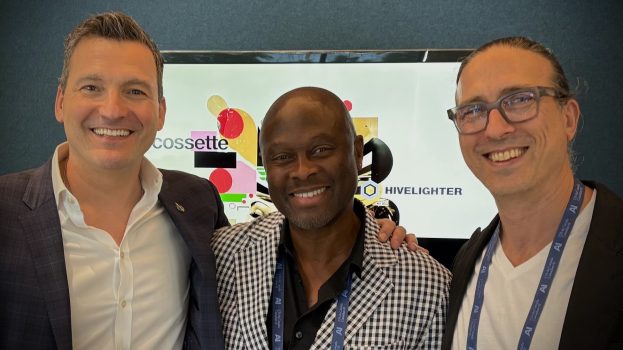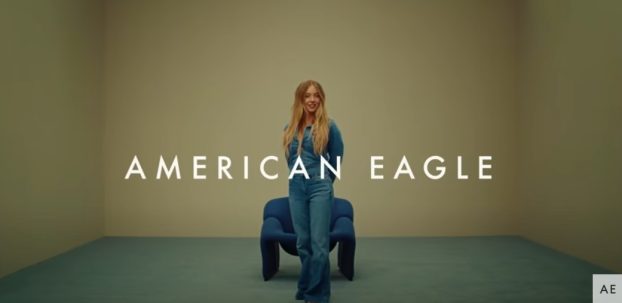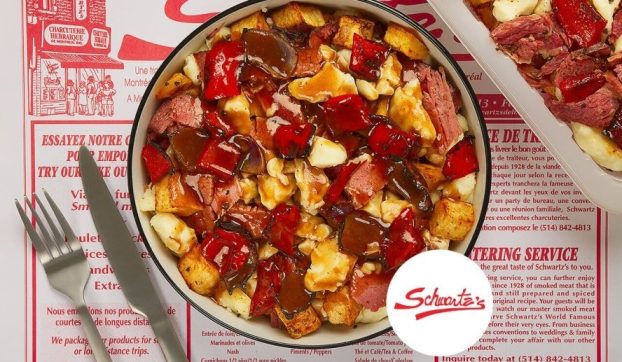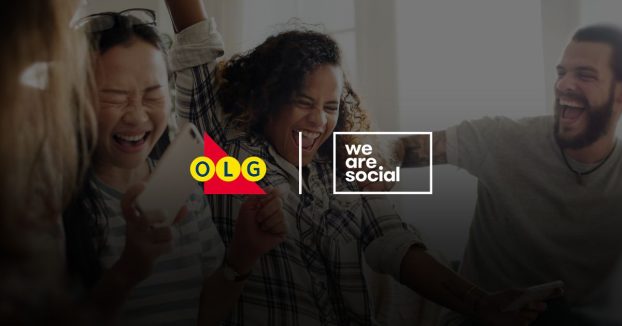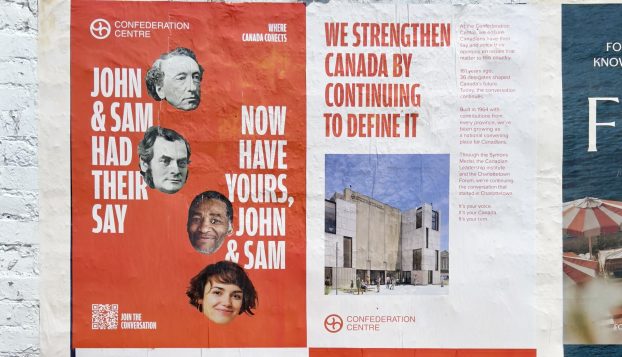Shoppers can quickly research competitive products and easily Google their way to the lowest price and the closest location. Of course, by exercising their online control of the shopping experience, consumers are also wide open to brands’ incentives and targeted influence strategies.
“The internet and digital culture has put more power and choice in the hands of the consumer, so brands and retailers are utilizing the latest technological innovations to better reach their shoppers and tailor their messages to them,” says Max Valiquette, managing director, strategy, Bensimon Byrne.
Proximity-based marketing has been ballyhooed for years, but Valiquette says the idea of a brand offering something to a consumer before they have made their purchase decision is the emerging trend in geo-targetting. “People do location check-ins on social media apps like Foursquare and Facebook without getting anything in return, but if someone is checking into the same Starbucks every morning at 8:30 a.m., a competitor like Second Cup should be trying to push them to go to one of their locations with an incentive around 8:15 a.m.,” he says.
Researchers in the U.K. have developed an algorithm that can predict future geographic locations of consumers using data gathered from their friends’ smartphones. In a study of 200 people conducted by the University of Birmingham, the algorithm predicted the location of some users 24 hours later within 100 metres, others as close as 20 metres, by calculating someone’s movements and comparing their data with people in their social group.
While not quite as sophisticated, Foursquare has recently rolled out personalized coupons based on user profiles, which measures frequented neighbourhoods, past check-ins and time of day.
Though many consumers have voiced concerns over privacy issues with location-based marketing, Bryan Pearson, president, LoyaltyOne and author of The Loyalty Leap: Turning Customer Information into Customer Intimacy, says most consumers will share information about themselves if they get higher value or a more personalized experience in return. “Instead of worrying about privacy, brands need to utilize information that creates a mutual value exchange with the customer,” he says.
A study conducted by Fast.MAP/DMA Data Tracker in the U.K. indicated 75% of consumers that have an existing relationship with a company are happy to share information with it, while 62% would share information with a company selling products or services they need.
With shoppers expecting an online retail experience filled with personalized recommendations, helpful product comparisons and reviews, the growing adoption of mobile devices means retailers have an opportunity to merge the physical and virtual to help consumers with their purchasing decisions in stores.
To make it possible for shoppers to scan store shelves and receive personalized information and coupons while they browse aisles, IBM is launching a first-of-its-kind augmented reality mobile shopping app. Launching in North America before the end of this year, the app acts like facial recognition technology for packaged goods and will begin testing with a retail partner in the coming months, according to Jill Puleri, VP global leader, retail consulting, IBM. “The consumer can tailor this app to their preferences, whether they have allergies, or prefer organics or certain brands, while the retailer has the leeway of alerting that shopper to certain deals when they are in the store,” she says.
With the app, the retailer can get the consumer to identify themselves when they walk in the store. “This allows for a more communicative environment between the shopper and the retailer during their trip,” says Puleri. “Whether you’re letting them know about specials, or pushing through promotions tailored to them, it’s an easy way of reaching consumers because they opted in at the start of their shopping journey.”
Technology is also bringing the grocery experience into the home. Earlier this year, LG launched a Smart Manager fridge connected to the internet with a “food management system” to help shoppers keep track of their inventory. The health manager feature lets consumers maintain their diet, sends recipes to the LG smart oven (another high-tech appliance) and even notifies shoppers when they have run out of certain groceries. In addition, it customizes for each person in the house and can be controlled by voice recognition. LG has also created a direct line from the fridge to the grocery store with an online shopping app accesible through the fridge’s LCD panel or a user’s smartphone. Valiquette predicts this will allow brands to send out targeted messages based on dwindling food supplies.
Until the smart refrigerator becomes the norm, some brands are finding other ways to connect to the consumer directly in the home. SmartDrop, introduced by Evian in France, is a web-enabled four-inch magnet that lets consumers schedule deliveries of bottled water. The brand is in the process of rolling out SmartDrop in Europe and plans to offer a smartphone app that does the same thing.
Inspired by research that found carrying heavy bottles home was a major barrier to consumption, the magnet simplifies consumers’ lives by making it possible to order bottled water the moment they realize they’ve run out. SmartDrop allows Evian to sidestep its retail partners and bring the shopping experience into the home. Evian is aiming to offer the SmartDrop magnet to the most loyal users of Evianchezvous.com by 2013.
“This is the direction for all shopper marketing. You will see technology making recommendations for you,” says Valiquette. “The challenge is recognizing the difference between our online and offline lives. Those lines have essentially disappeared, so if a retailer or brand thinks that shopper marketing only exists at a retail level, they’re going to be in a lot of trouble.”


